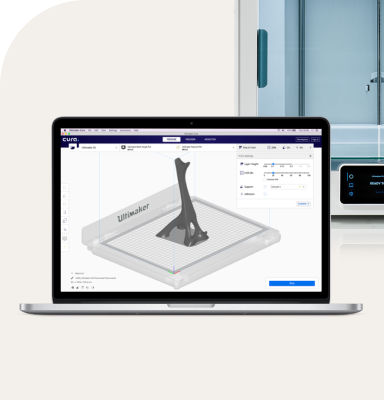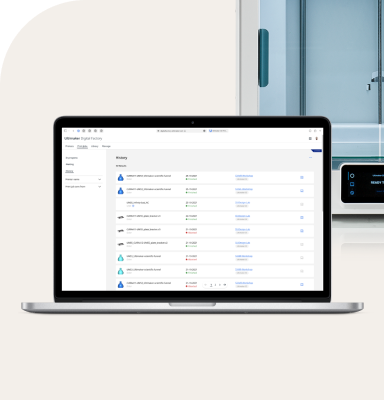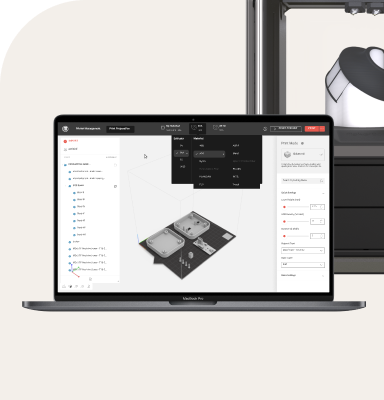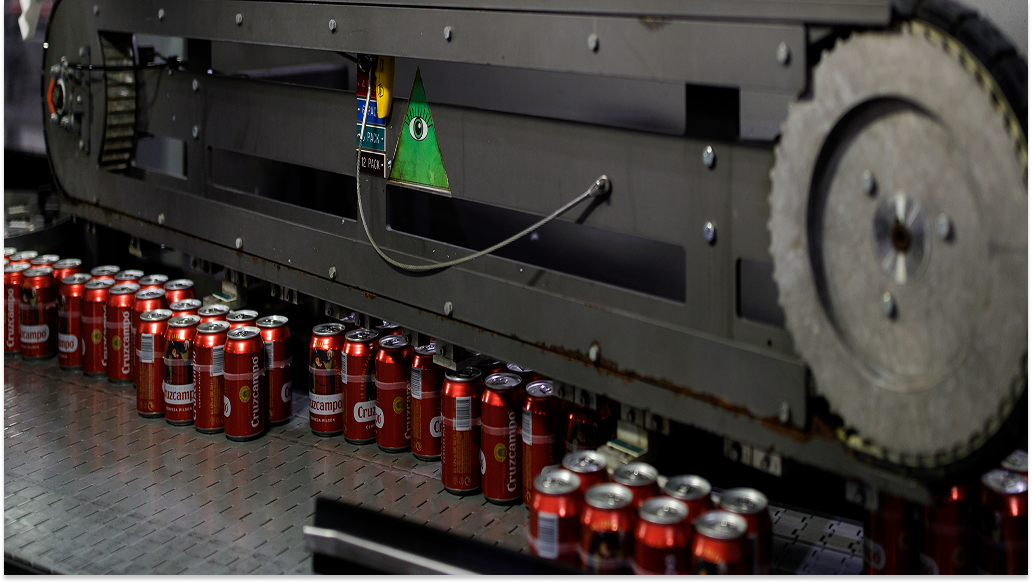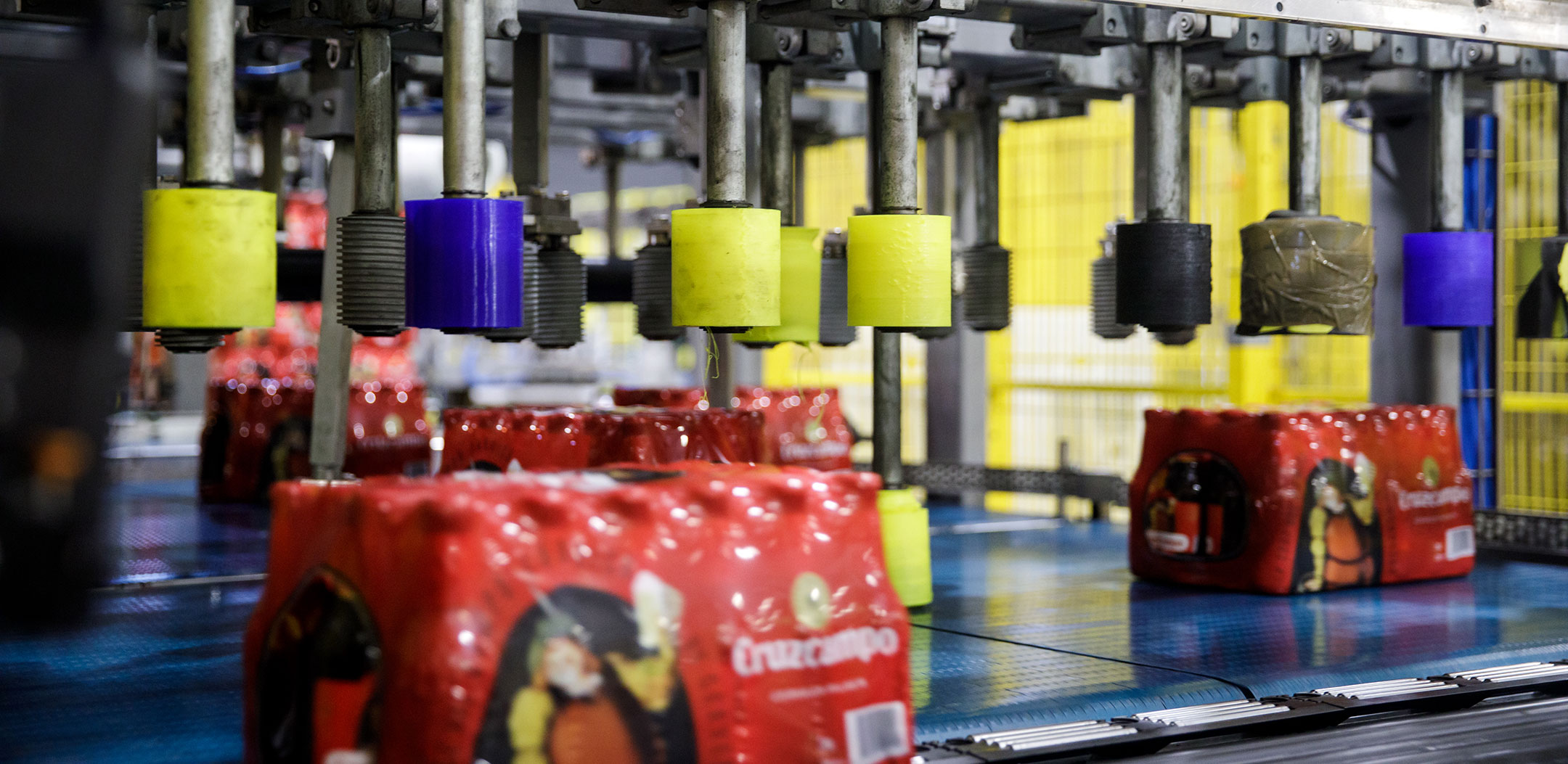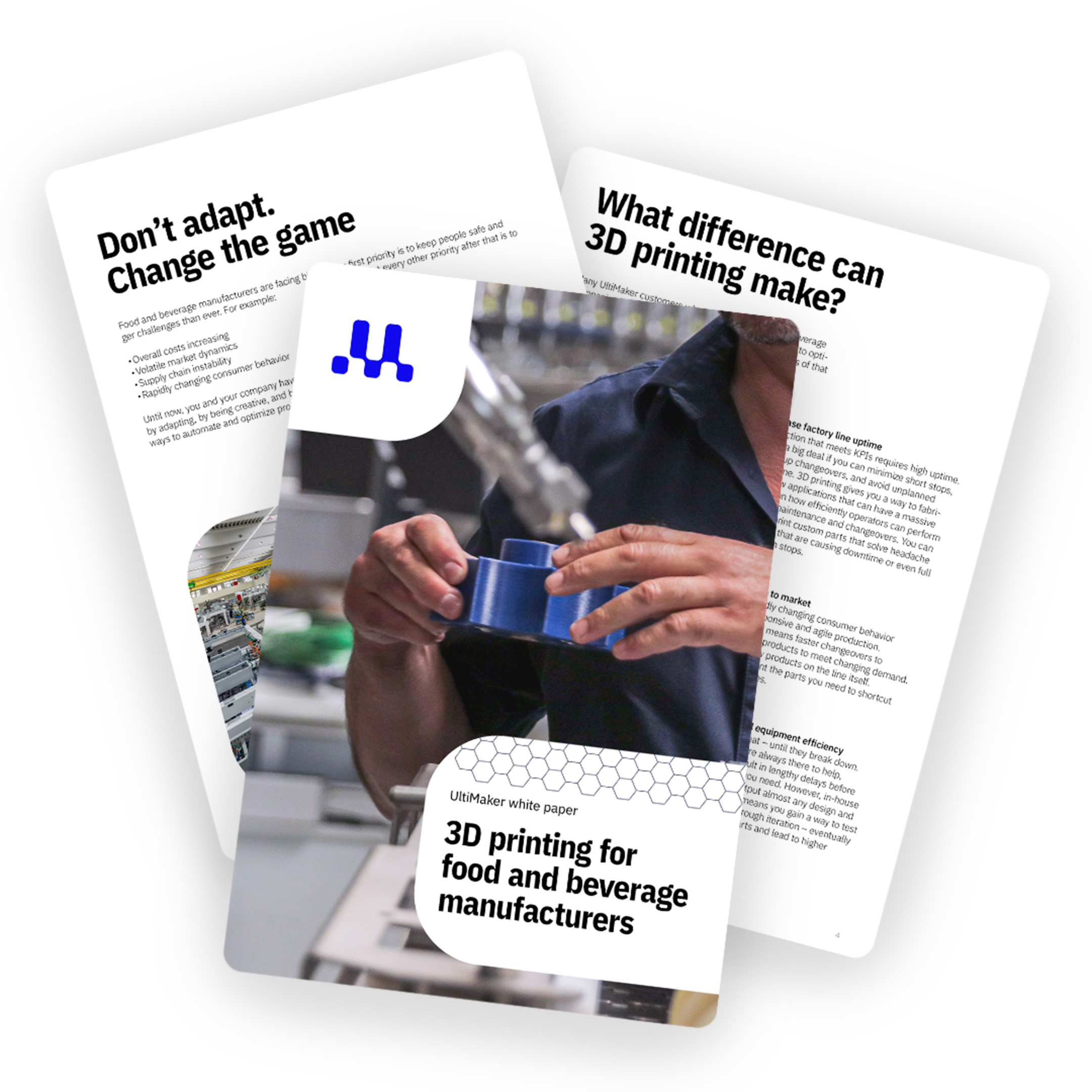Exploring other food safe 3D filaments
While PLA is a popular choice for 3D printing, it's not the only food safe 3D filament available. PETG, or Polyethylene Terephthalate Glycol, is another food safe filament that's known for its strength and durability. It's also more heat resistant than PLA, making it a better choice for applications involving heat.
While PLA is a popular choice for 3D printing, it's not the only food safe 3D filament available. PETG, or Polyethylene Terephthalate Glycol, is another food safe filament that's known for its strength and durability. It's also more heat resistant than PLA, making it a better choice for applications involving heat.
PP (Polypropylene) is widely used in commercial food containers and represents an excellent option for food safe 3D printing. Its superior chemical resistance and higher temperature tolerance make it ideal for items that may need to withstand microwave heating or hot liquids.
For applications requiring flexibility, food-grade TPU (Thermoplastic Polyurethane) offers a unique combination of elasticity and durability, making it perfect for creating seals, gaskets, or flexible components in food processing equipment.
UltiMakers' new innovation, the Nylon CF Slide, is a PFAS-free POM replacement suitable for the food and beverage industries. Its wear-resistant characteristics make it a great addition to any production line seeking a food-safe alternative that lasts.
Those seeking exceptional durability might consider PC (Polycarbonate), which provides outstanding temperature resistance and strength. Medical-grade PC filaments, when properly processed, can be appropriate for demanding food contact applications.
HIPS (High Impact Polystyrene) represents another possibility for food safe printing, especially for applications where impact resistance is important. With proper processing, HIPS can be suitable for various food packaging and serving applications.
For outdoor food-related items,ASA (Acrylonitrile Styrene Acrylate) offers excellent UV resistance while maintaining structural integrity. When finished with appropriate food safe coatings, it can be a durable option for external food service applications.
Premium materials like PEEK and ULTEM, though requiring specialized high-temperature printers, provide exceptional heat resistance and chemical stability, making them suitable for the most demanding food processing environments.
When choosing a filament for food-safe 3D printing, it's important to consider the properties of the filament, including its strength, durability, heat resistance, and of course, its safety for food contact. The selection of the right filament is crucial in ensuring the safety and quality of the final product. Some companies are even using certified food-safe filaments to optimize food packaging solutions, demonstrating the versatility and potential of food safe 3D printing materials.
Interested in comparing PLA vs. PETG vs ABS? Check out our detailed guide.
Ensuring food safety with 3D prints
Ensuring food safety with 3D prints involves more than just choosing the right filament. It also involves proper handling and processing of the prints, as well as regular maintenance and inspection of the food safe 3D printer itself.
One of the best practices for food safe 3D printing is to use a dedicated 3D printer for food-related prints. This helps to prevent cross-contamination from other materials. Additionally, the 3D printer should be regularly cleaned and maintained to ensure consistent quality of the prints.
Another important aspect of food safety is the post-processing of the prints. This can include applying a food-safe coating or sealant to the print to create a non-porous surface, as well as thorough cleaning and sanitization of the print before use. These steps are crucial in maintaining the integrity and safety of the 3D printed food-contact items.


